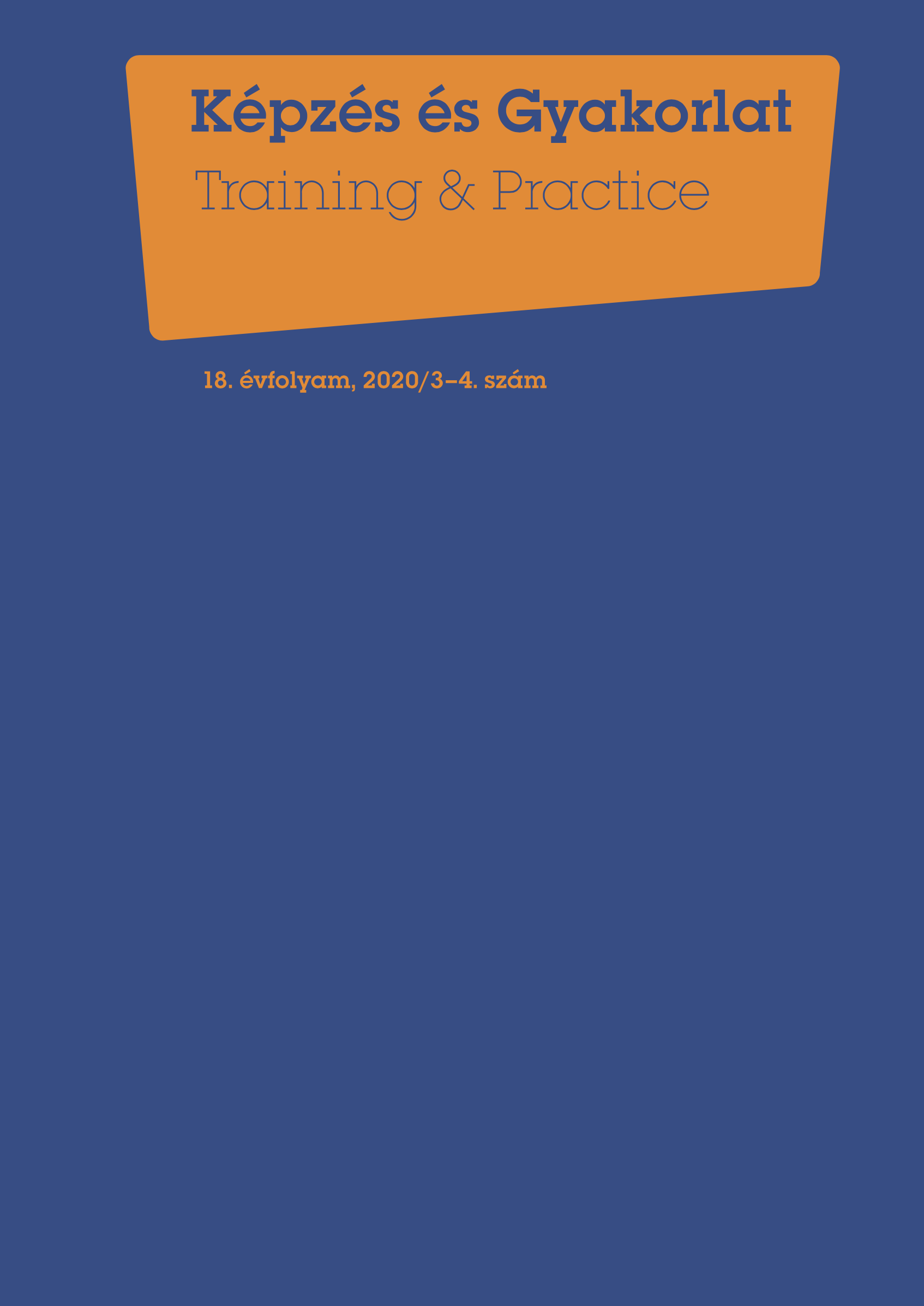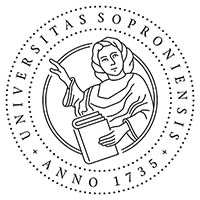The effect of canine therapy on the development of social and emotional areas in children with learning disabilities in school age
DOI:
https://doi.org/10.17165/TP.2020.3-4.3Absztrakt
The goal of our research is to investigate the impact of canine therapy on the development of children with learning disabilities, with special regard to social and emotional competence. The research question was: to what extent does intensive animal-assisted therapy influence the behaviour of the pupils enrolled in the sample, and can the long-term effects of the therapy be demonstrated and justified? To explore the longitudinal study over six months, a qualitative and quantitative test method was used. As a research tool, we used the Conners Questionnaire on Child Behaviour, which was revealed by descriptive and mathematical statistical analysis. Owing to the multi-focus study, the positive effects of canine therapy were confirmed from several sides. Based on the results we can prove that the canine therapy positively and lastingly influenced the behaviour of the examined children, which showed a positive change in several areas.
Hivatkozások
Babos, E. (2013). Állatasszisztált terápia - módszertani előtanulmány óvodáskorú gyerekek kutyával történő fejlesztésére. Alkalmazott pszichológia. 13. évf. 3. sz. pp. 59–81.
Bánszky, N.–Kardos, E.–Rózsa, L.–Gerevich, J. (2012). Az állatok által asszisztált terápiák pszichiátriai vonatkozásai. Psychiatria Hungarica, 27. éfv. 3. sz. pp 180–190.
Becker, M.–Morton, D. (2002). Az állatok gyógyító ereje. Budapest: Gold Book Kft.
Fenyvesiné, R. E.– Gelencsérné, B. M. (2015). Az állatasszisztált terápia és a figyelem fejlesztésének lehetősége az óvodában. In: Takács, I. (Ed.). Állatasszisztált kutatások. (pp. 33–46.) Kaposvár.
Klimke, V. (2003). Gyógyító állatok. Gladiátor Kiadó
Mesterházi, Zs. (1998). A tanulási akadályozottság helye a gyógypedagógiai tipológiában. Gyógypedagógiai Szemle, 26. évf.
Molnár, M.-Iváncsik, R.-DiBlasio, B.-Nagy, I.(2020). Examining the Effects of Rabbit-Assisted Interventions in the Classroom Environment. Animals, 10 (26). DOI: https://doi.org/10.3390/ani10010026
O'Haire, M. E. (2012). Animal-Assisted Intervention for Autism Spectrum Disorder: A Systematic Literature Review. J Autism Dev Disord, 43, 1606-1622. DOI: https://doi.org/10.1007/s10803-012-1707-5
Topál, J.-Hernádi, A. (2011), Gyógyító állatok: tudomány vagy kuruzslás?. Magyar Tudomány. 6. sz. pp. 678-686. [online] http://epa.oszk.hu/00600/00691/00090/pdf/0678-0686.pdf (2018. 01. 16.)
Rud, A.G. Jr. & Beck, A.M. (2003). Companion animals in Indiana elementary schools, Anthrozoös, 16 (3), 241-251. DOI: https://doi.org/10.2752/089279303786992134
Zasloff, R. L.-Hart, L. A.-De Armond, H. (1999), Animals in Elementary School Education in California. Journal of Applied Animal Welfare Science 2 (4):347-357. DOI: https://doi.org/10.1207/s15327604jaws0204_8
Letöltések
Megjelent
Folyóirat szám
Rovat
License
Copyright (c) 2020 Márta Gelencsérné Bakó, Dóra Ullmann

This work is licensed under a Creative Commons Attribution-NonCommercial-NoDerivatives 4.0 International License.








